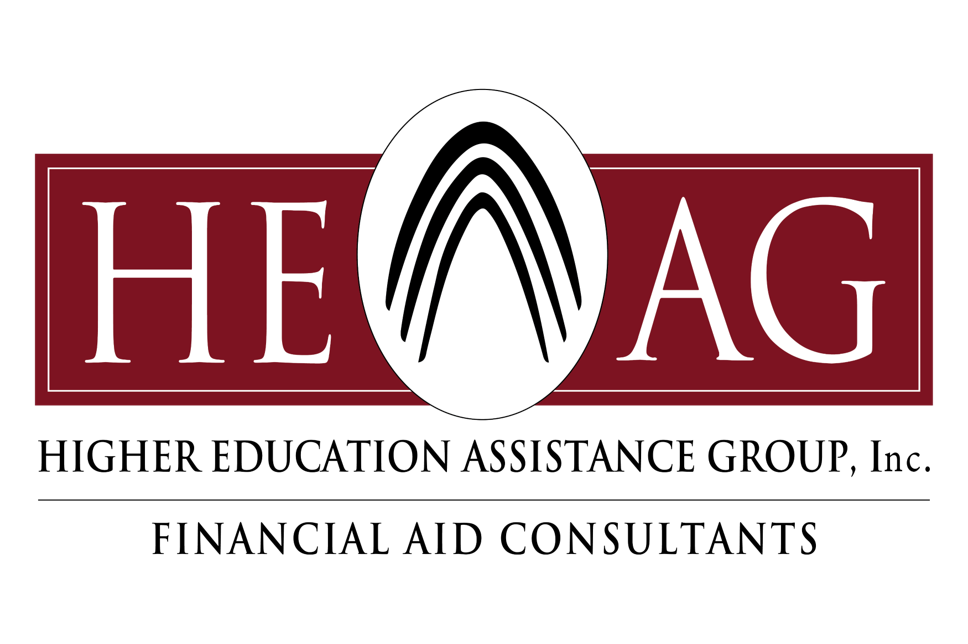Posted: December 31, 2014
There was some mixed reaction on the news for Pell Grant recipients as Congress passed a last-minute spending bill before the holiday recess on December 10, 2014. The maximum Pell Grant was increased about 2%, expected to be $5,850 for the year for students with a zero expected family contribution (EFC). The full Pell charts for financial aid administrators will be ready for distribution around February 1, 2015.
While there were few changes to the federal student loan program or to controversial programs such as the college ratings system, there will most likely be a reauthorization of the Higher Education Act in 2015, and we will once again see a showdown from both sides of the aisle over what programs could ultimately be on the chopping block.
Although there was an increase in the maximum award, $303 million was decreased in overall Pell discretionary funding. This reduction in funding will not impact students in the 2015-2016 year, but if there is an increase in recipients in future years, this could pose problems for a budget shortfall and ultimately another showdown in Congress over the Pell Grant program vs. payments to the federal student loan processors. There was no increase in the Supplemental Educational Opportunity Grant (SEOG), which remains at the same funding level from the 2014-2015 academic year.
The Federal Work-Study program was also increased by $15 million for 2015-2016, which, although modest, is a needed increase in a program that assists students by paying them for part-time work while they are enrolled in school.
There were also changes related to Ability to Benefit (ATB) students who attempt to enroll in a higher education program without a high school diploma or GED. At the beginning of the award year in 2012, students who did not possess either of those graduation requirements were no longer eligible for Title IV aid. Beginning July 1, 2015, while students possessing an ATB are once again eligible for the Pell Grant, there will be new limitations as to the maximum award, which, once implemented, should be the current discretionary maximum Pell Grant of $4,860 per year. There are also stipulations to receive the grant that include being in an eligible career path program along with passing one of three different standards, one of which is first earning 6 credits applicable towards the degree.




